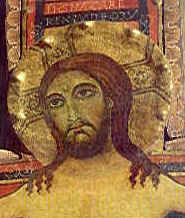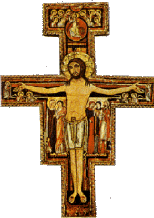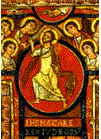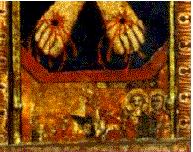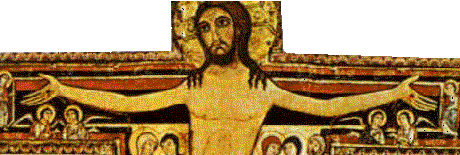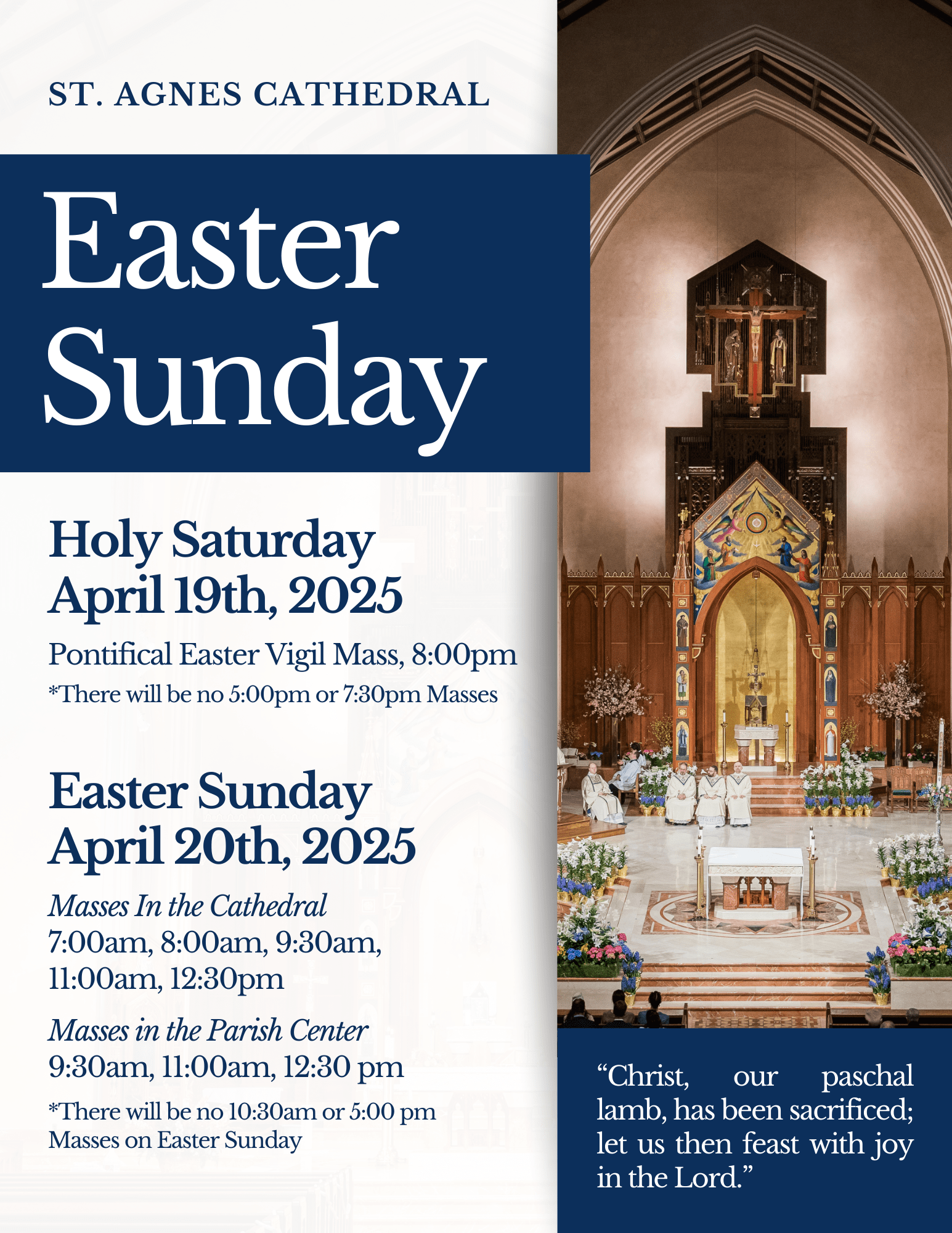A Brief Explanation
By: Fr. Michael Scanlon, T.O.R.
Most Sacred Heart of Jesus Province, USA
The San Damiano Cross is the one St. Francis was praying before when he received the commission from the Lord to rebuild the Church. The original cross presently hangs in Santa Chiarra (St. Clare) Church in Assisi, Italy. All Franciscans cherish his cross as the symbol of their mission from God. The cross is called an icon cross because it contains images of people who have a part in the meaning of the cross. The tradition of such crosses began in the eastern Church and was transported by Serbian monks to the Umbria district of Italy.
The San Damiano Cross was one of a number of crosses painted with similar figures during the 12th century in Umbria. The name of the painter is unknown. The purpose of an icon cross was to teach the meaning of the event depicted and thereby strengthen the faith of the people. These conclusions have been reached based on a thorough study of the history of the cross and the literature concerning it. Very little literature is available in English. Most of it can only be read in Italian or French. The author also found it very helpful to compare the cross to similar crosses in Umbrian art.
Finally, much of the English literature on the cross is faulty in its analysis since it dates back to sources prior to 1938 when the cross was restored to its original depiction.
Reflections on The Cross of San Damiano
By Patrick McNamara, OFM,Cap.
I look to the Cross, I gaze upon its figure,
I wait, I listen, I hope.
Will you speak, will you move, will I be moved.
Will you once again touch the heart of one who seeks.
Of one who questions, of one who seems so lost.
Will you embrace the soul, as you did that of Francis.
Will you take it to Yourself.
Will you give it peace, give it comfort, give it love
This soul waits, listens, prays for such grace.
This soul seeks the Love from the Lover.
It wavers. It stumbles. It falls.
Your gaze looks down, embraces all.
Takes all, Loves All. Your Grace heals, accepts.
Again you respond, Again you Love.
Again you speak to a searching and troubled heart.
I turn. I continue the journey. I continue in Hope.
I too have heard you Speak.
The History of the San Damiano Crucifix
An unknown Umbrian artist painted the Crucifix Icon in the 12th Century. There is strong Syrian influence, and history tells us that there had been some Syrian monks in the area.
It is painted on wood (walnut) to which cloth had been glued. It is about 190 cm high, 120 cms wide and 12 cms thick. It is more than likely it was painted for San Damiano to hang over the Altar as the Blessed Sacrament was not reserved in non Parish Churches of those times and especially those that had been abandoned and neglected as we know San Damiano had been. In 1257 the Poor Clares left San Damiano for San Giorgio and took the Crucifix with them. They carefully kept the Cross for 700 years.
In Holy Week of 1957, it was placed on public view for the first time over the new Altar in San Giorgio’s Chapel in the Basilica of St Clare of Assisi.
The Icon of the Transfigured Christ
For Eastern Christians the Icon is a representation of the living God, and by coming into its presence it becomes a personal encounter with the sacred, through the grace of the Holy Spirit. The San Damiano Icon is then a personal encounter with the transfigured Christ – God made man. The Crucifix contains the story of the death, resurrection and ascension into glory. It expresses the total and universal Paschal Mystery of Christ. It invites us all to take part in it with a lively and lived faith, just as St Francis did. Christ’s saving death is shown in John’s Gospel in its serene majesty, and this Crucifix portrays this in picture form. It is not surprising that Saint Francis was attracted to this Icon and that the inspiration for his life came from this Christ who spoke to him “Go repair my Church … “.
The Figure of the Christ
The central figure of the icon is Christ, not only because of the relative size, but because Christ is a figure of light dominating the scene and giving light to the other figures “I am the light of the world. Whoever follows me will not walk in darkness, but will have the light of life. ” (John 8:12). Christ stands upright, not nailed. The eyes of Jesus are open: He looks out to the world, which He has saved. He is alive, the one who is eternal. Jesus’ vestment is a simple loin cloth – a symbol of both High Priest and Victim. The chest, throat and neck are very strong, Jesus gives power of re-creation to His Disciples (John 22:23). He breathed on His Disciples (John 20:22), the Greek word used recalls the moment of Creation (Gen 2:7). The shadow over the face of Jesus is increased by the fact the halo and face are tilted forward on the original Icon. The humanity of Christ veils the true glory of the Word who lives in the super illuminous darkness of the Godhead. Behind the outstretched arms of Christ is His empty tomb, shown as a black rectangle.

